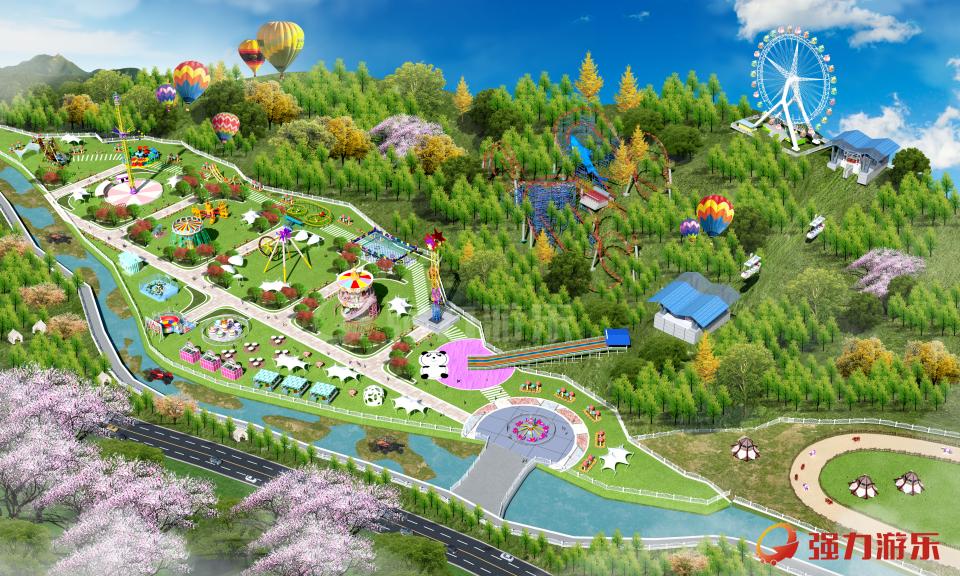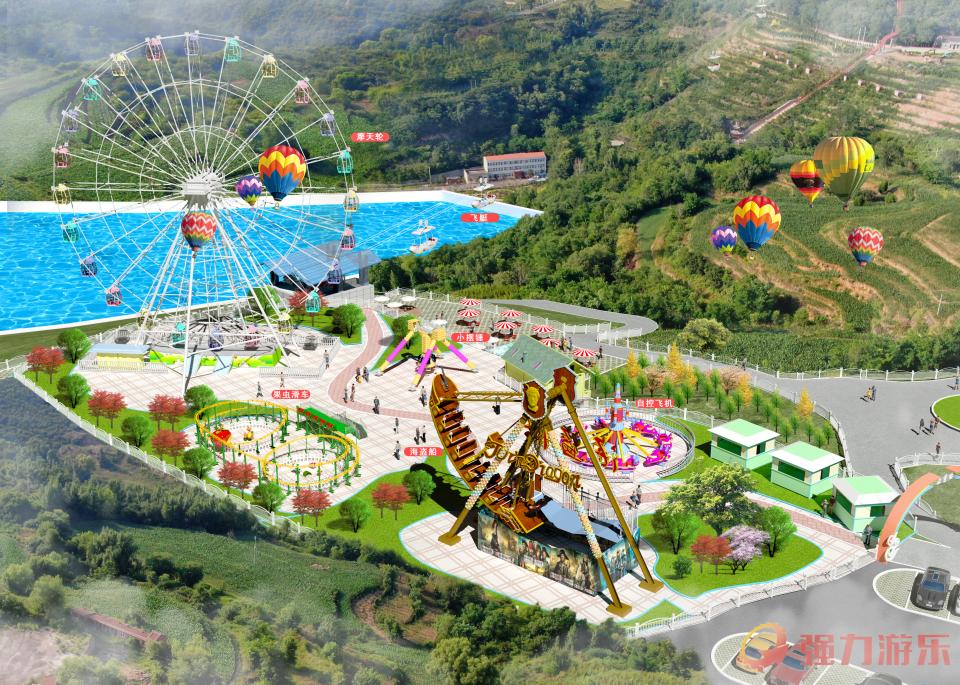
Aug 15,2024 Qiang Li Rides1,092
Dear friends, the planning and design of theme parks is an incredibly complex and challenging task! It encompasses numerous key elements such as positioning and theme, layout planning, creative design elements, visitor experience, sustainability, the integration of culture and technology, and continuous innovation and renewal. Let me share some important points in planning and design:
Clear Positioning and Theme
The success of a theme park largely depends on the uniqueness of its positioning and theme. Before starting the design, it's crucial to understand the target audience, whether they are families, teenagers, or adults. Then, determine an attractive theme, such as dreamy fairy tales, futuristic science fiction, or vibrant nature. This way, visitors can immerse themselves in the park and enjoy a unique and extraordinary experience. For example, Disney parks, with their distinct fairy tale theme, have enchanted countless visitors.

Reasonable Planning and Layout
Reasonable planning and layout are at the heart of theme park design. Designers must arrange the positions of various attractions according to visitors' habits and psychological needs, ensuring a smooth and enjoyable experience. It's also important to pay attention to the sense of hierarchy and space in the landscape, keeping visitors engaged throughout their visit. For instance, Universal Studios has a well-planned layout that allows visitors to navigate through the park effortlessly.
Creative Design Elements
Creative design elements are the soul of a theme park! Designers must unleash their imagination and creativity to design unique attractions, buildings, and decorations. These elements should not only be closely related to the theme but also capture the attention of visitors, sparking their curiosity and desire to explore. The imaginative buildings and scenes in Fantawild parks, for example, always prompt visitors to take photos.
Optimizing Visitor Experience
The visitor experience is key to the success of a theme park. Designers must consider the needs and feelings of visitors, providing a comfortable and convenient environment. This includes setting up appropriate rest areas, offering a variety of food options, and optimizing queuing areas, which can greatly enhance visitor satisfaction and loyalty.
Emphasizing Sustainability
Sustainability must be a priority in theme park design, ensuring that construction and operation have minimal environmental impact. This involves using eco-friendly materials and energy-saving technologies, planning land use efficiently, and protecting the ecological environment, making the theme park a model of green and environmental friendliness.

Integration of Culture and Technology
To make theme parks more attractive and competitive, local culture and technological elements can be skillfully integrated. Utilizing modern technology, such as virtual reality and augmented reality, can provide visitors with an impressive and immersive experience.
Continuous Innovation and Renewal
To maintain the charm of a theme park, continuous innovation and renewal are essential. Stay updated with industry trends and technological developments, and introduce new design concepts and technological methods to keep the theme park at the forefront.
The planning and design of theme parks require a comprehensive consideration of many factors. Through careful and reasonable planning and design, a unique and captivating theme park can be created, offering visitors an unforgettable experience!